

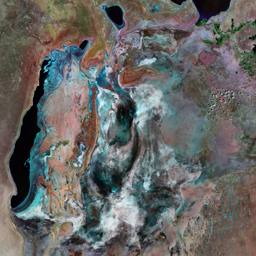

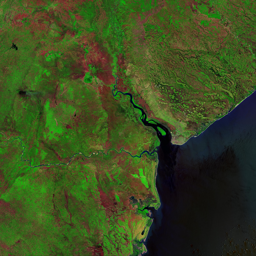


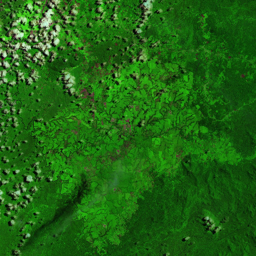

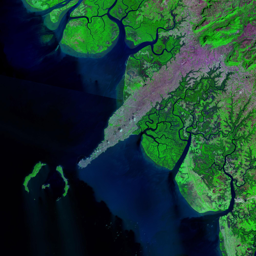
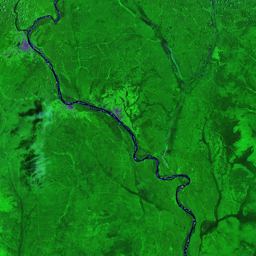
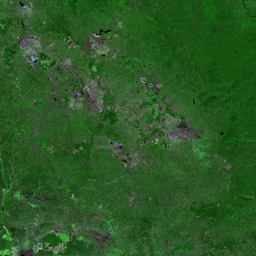
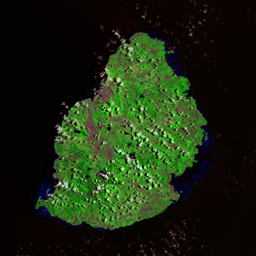
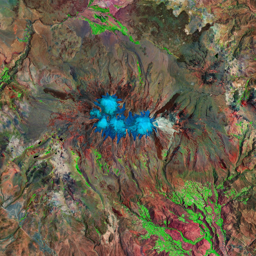


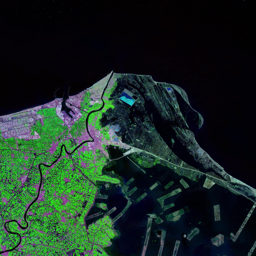
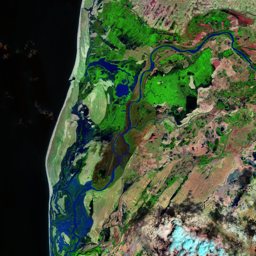


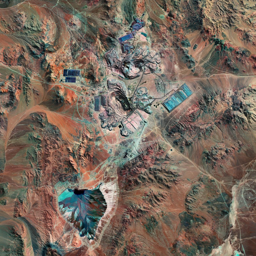
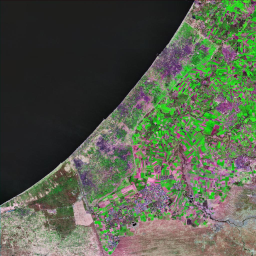



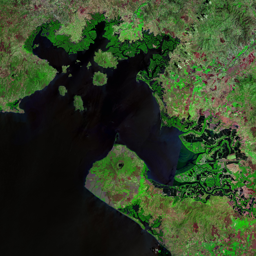

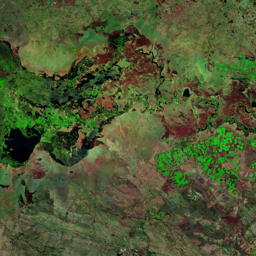
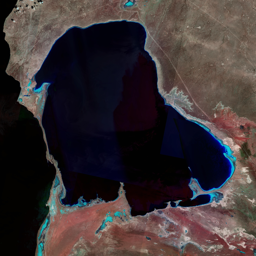
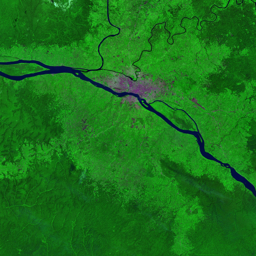


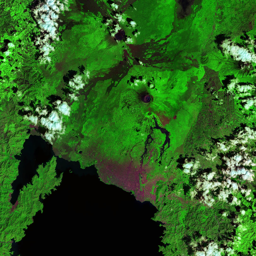

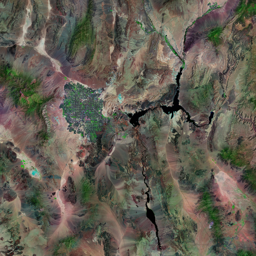
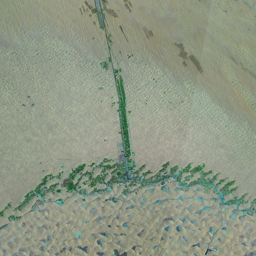
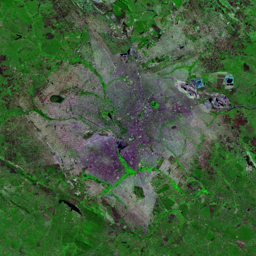
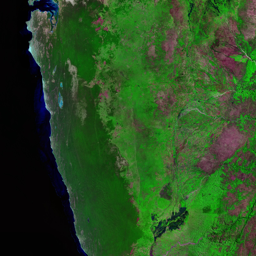


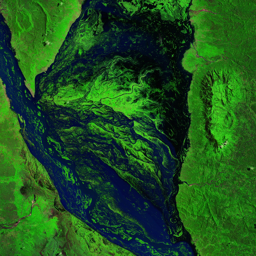







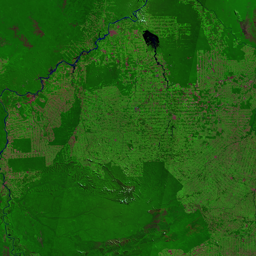
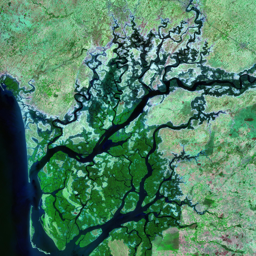
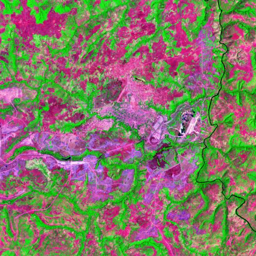
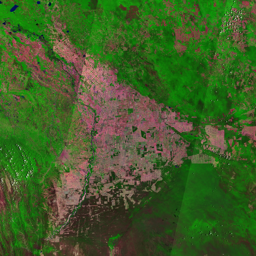
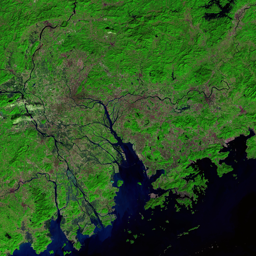

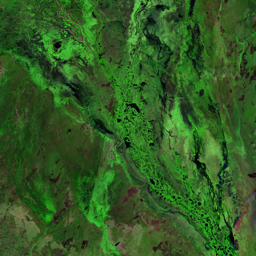



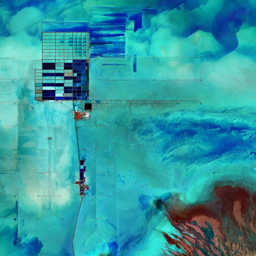
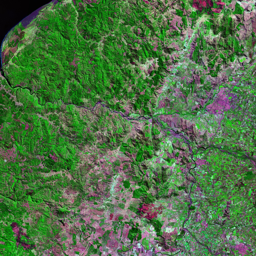

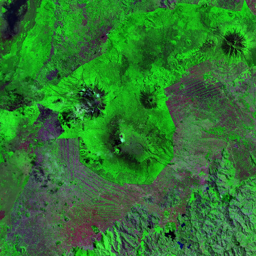
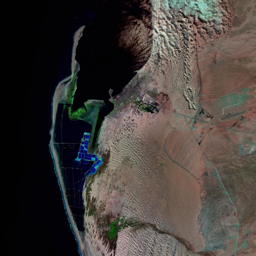

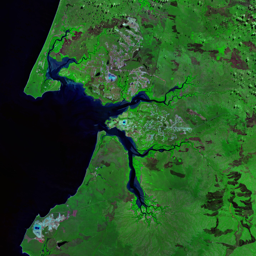
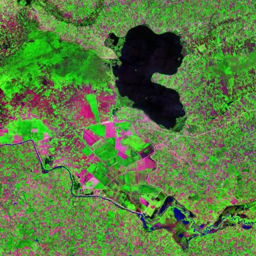
The Aral Sea, whose name comes from the word "aral" meaning island, was once the world's fourth-largest inland sea. It is located in Central Asia and straddles the boundary between Kazakhstan to the north and Uzbekistan to the south. The sea's name reflects the fact that it is a vast basin that lies as an island among waterless deserts. In the 1960s and 1970s, the Aral Sea's problems began with the diversion of the main rivers that feed it to provide for cotton cultivation in arid Soviet Central Asia. By 1987, about 60% of the Aral Sea's volume had been lost, its depth had declined by 14 m (45 feet), and its salt concentration had doubled, killing the commercial fishing trade. Wind storms became toxic, carrying fine grains of clay and salts deposited on exposed sea floor. Life expectancies in the districts near the sea are significantly lower than in the surrounding areas. Today, most parts of what used to be a massive lake are entirely dried out. The Aral Sea has lost 75% of its surface area and 90% of its water volume within 50 years. The sea is now broken into several smaller seas. The North Aral Sea has retained water due to re-engineering along the Syr Darya River delta in the north and has helped to partially restore the fishing industry. However, several transboundary initiatives are underway to reverse the damage that has been caused to the Aral Sea and its surrounding ecosystems.
Use shift + scroll to zoom the map
Use shift + scroll to zoom the map